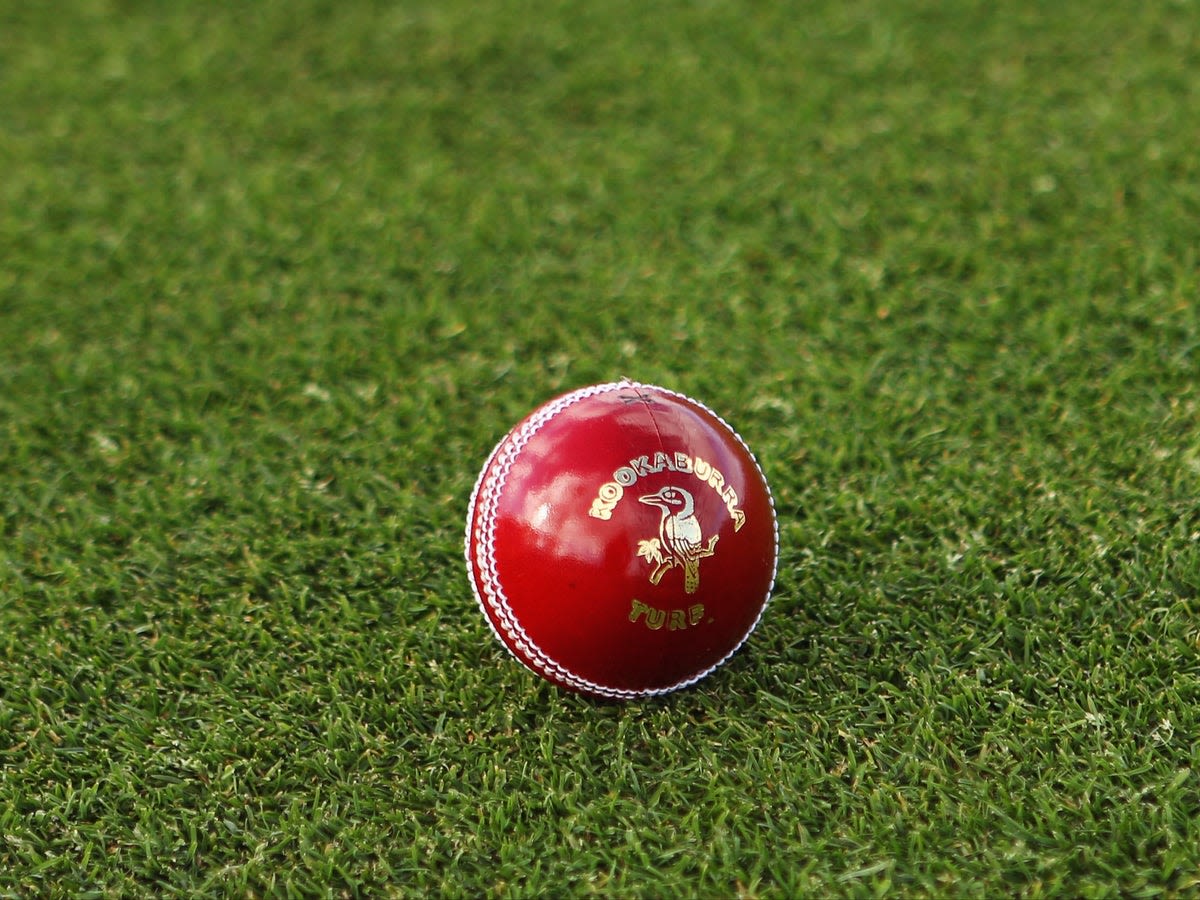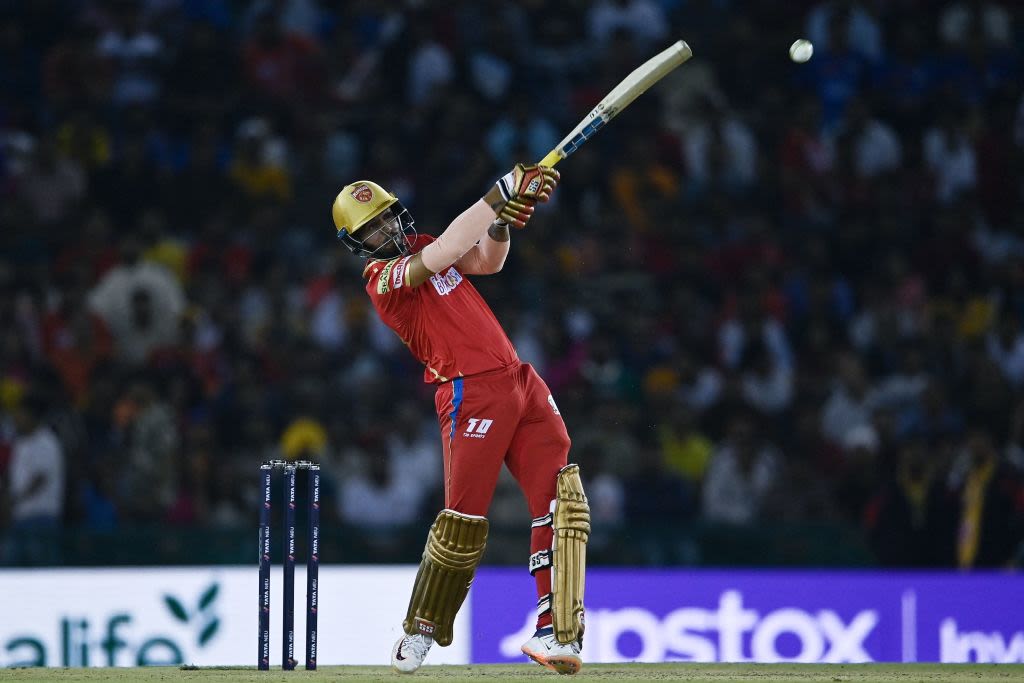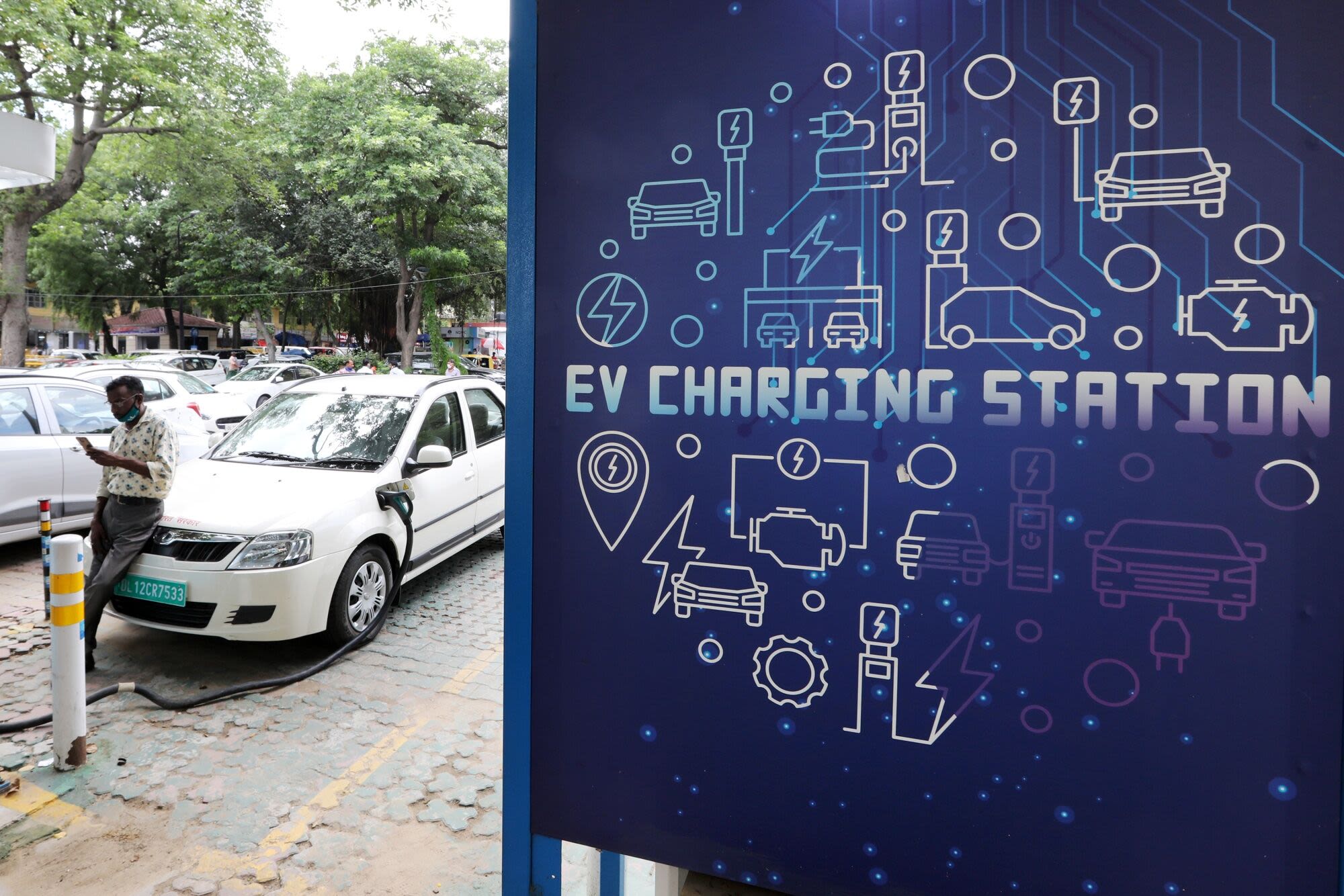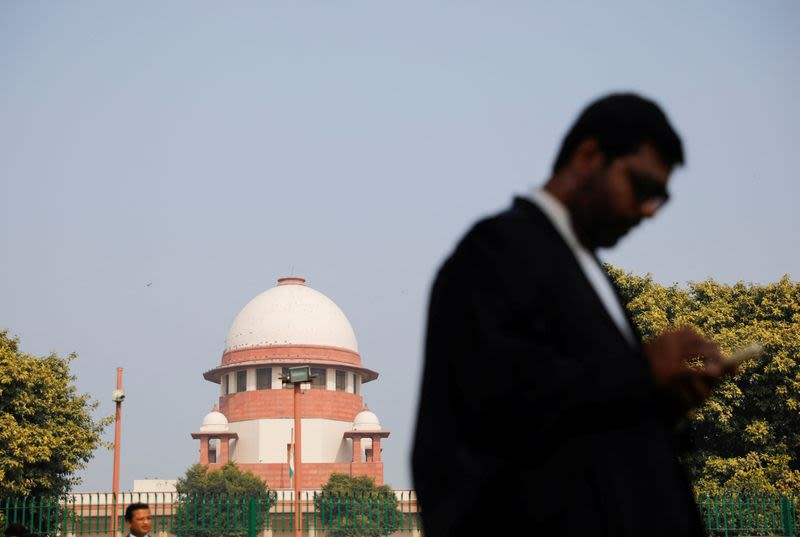Search results
Learn about India, the most populous democracy and the seventh-largest country in the world. Explore its diverse history, geography, culture, and politics from ancient times to the present.
- Economy of India
The economy of India is a developing mixed economy with a...
- President of India
The president of India (ISO: Bhārata kē/kī Rāṣṭrapati) is...
- Talk
India Wikipedia:WikiProject India Template:WikiProject India...
- Hinduism
Hinduism is the largest and most practised religion in...
- State Emblem
The State Emblem of India (ISO: Bhārata Kā Rājakīya Cihna)...
- Update
We would like to show you a description here but the site...
- List of Countries and Dependencies by Population
Cartogram of the world's population in 2018; each square...
- Flag of India.svg
The uploader or another editor requests that a local copy of...
- Names for India
India was the lower Indus basin in Herodotus's view of the...
- Administrative Divisions of India
The administrative divisions of India are subnational...
- Economy of India
News about India, Bangladesh, Test match
News about India, China, MSCI IMI index
News about India, premium streaming market, renewable-energy
Also in the news
Learn about India, the seventh-largest country by area and the largest by population. Find out about its history, culture, geography, government, economy and more.
A comprehensive overview of the history of India from prehistoric times to the present, covering various periods, cultures, religions, and empires. Learn about the Indus Valley Civilisation, the Vedic period, the Mauryan Empire, the Mughal Empire, the British Raj, and the independence movement.
Learn about the population, ethnicity, languages, religions, and history of India, the most populous country in the world. Find statistics, maps, charts, and sources from various sources and experts.
- Overview
- Land
- Relief
- GeneratedCaptionsTabForHeroSec
India shares borders with Pakistan to the northwest; with Nepal, China, and Bhutan to the north; and with Myanmar and Bangladesh to the east. The island country of Sri Lanka is situated some 40 miles (65 kilometres) off the southeast coast of India.
What are the oldest known civilizations of India?
The expansive alluvial plains of the Indus and Ganges (Ganga) river basins in India provided the environment and focus for the rise of two great phases of city life: the civilization of the Indus valley, known as the Indus civilization, during the 3rd millennium BCE; and, during the 1st millennium BCE, that of the Ganges.
What are the major holidays and festivals of India?
The major secular holidays are Independence Day (August 15) and Republic Day (January 26). The most popular religious festivals celebrated over the greater part of India are Vasantpanchami, in honour of Sarasvati, the goddess of learning; Holi, a time when traditional hierarchical relationships are forgotten and celebrants throw coloured water and powder at one another; Dussehra, when the story of the Ramayana is reenacted, and Diwali (Divali), a time for lighting lamps and exchanging gifts.
India, country that occupies the greater part of South Asia. India is made up of 28 states and eight union territories, and its national capital is New Delhi, built in the 20th century just south of the historic hub of Old Delhi to serve as India’s administrative centre. Its government is a constitutional republic that represents a highly diverse population consisting of thousands of ethnic groups and hundreds of languages. India became the world’s most populous country in 2023, according to estimates by the United Nations.
India’s frontier, which is roughly one-third coastline, abuts six countries. It is bounded to the northwest by Pakistan, to the north by Nepal, China, and Bhutan; and to the east by Myanmar (Burma). Bangladesh to the east is surrounded by India to the north, east, and west. The island country of Sri Lanka is situated some 40 miles (65 km) off the southeast coast of India across the Palk Strait and Gulf of Mannar.
The land of India—together with Bangladesh and most of Pakistan—forms a well-defined subcontinent, set off from the rest of Asia by the imposing northern mountain rampart of the Himalayas and by adjoining mountain ranges to the west and east. In area, India ranks as the seventh largest country in the world.
It is now generally accepted that India’s geographic position, continental outline, and basic geologic structure resulted from a process of plate tectonics—the shifting of enormous, rigid crustal plates over the Earth’s underlying layer of molten material. India’s landmass, which forms the northwestern portion of the Indian-Australian Plate, began to drift slowly northward toward the much larger Eurasian Plate several hundred million years ago (after the former broke away from the ancient southern-hemispheric supercontinent known as Gondwana, or Gondwanaland). When the two finally collided (approximately 50 million years ago), the northern edge of the Indian-Australian Plate was thrust under the Eurasian Plate at a low angle. The collision reduced the speed of the oncoming plate, but the underthrusting, or subduction, of the plate has continued into contemporary times.
The effects of the collision and continued subduction are numerous and extremely complicated. An important consequence, however, was the slicing off of crustal rock from the top of the underthrusting plate. Those slices were thrown back onto the northern edge of the Indian landmass and came to form much of the Himalayan mountain system. The new mountains—together with vast amounts of sediment eroded from them—were so heavy that the Indian-Australian Plate just south of the range was forced downward, creating a zone of crustal subsidence. Continued rapid erosion of the Himalayas added to the sediment accumulation, which was subsequently carried by mountain streams to fill the subsidence zone and cause it to sink more.
Learn about India, the most populous country in the world, with a rich and diverse cultural heritage. Explore its history, geography, economy, politics, religions, languages, and more from Britannica.
1 day ago · The Supreme Court of India directed Wikipedia on Tuesday to immediately remove the name and photograph of the victim involved in the RG Kar Medical College Hospital rape and murder case. A bench led by Chief Justice of India DY Chandrachud, along with Justices JB Pardiwala and Manoj Misra, passed this order during the suo motu hearing.
Learn about the ancient and modern history of India, from the Indus Valley Civilisation to the present day. Explore the diverse cultures, languages, periods, and dynasties that shaped India's identity and heritage.
People also ask
What is the official name of India?
What is the current economy of India?
What are some Indian traditions?






